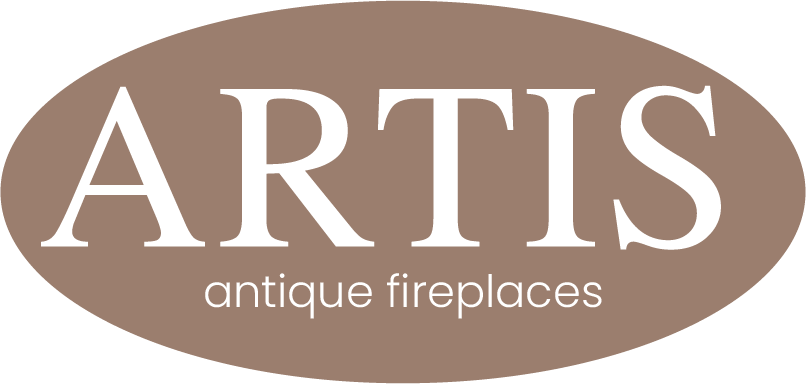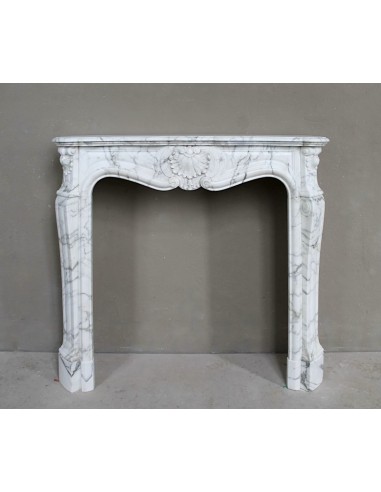Where did that strange adjective come from and what will it ever mean… “Amélioré”!?
It is a kind of fashion, in my opinion moreover a positive one, which was to “improve,” make more graceful, more pleasant, more original, less boring etc... etc... a fireplace model that, perhaps, had had its day... In this case, the model targeted was the famous “Trois Coquilles”, a fireplace of “medium-high” economic and artistic value which, for several decades now, had been grabbing the middle-class clientele...
We are around the 1860s-70s and an artistic Maison in Paris decides to design and produce a certain quantity of amelioré fireplaces by modifying, precisely, the now too classic Trois Coquilles…
An architect gets to work (so to speak, I've never seen an architect dripping with sweat..) and I have to say that, at the end of the day, I like his hand and I'm very convinced. What is the stylistic trick our designer uses to modify the old design of the Trois Coquilles? It seems almost trivial this modification, but the result will be remarkable: Our designer simply intervenes on the outer edges of the three shells (the two small lateral ones on the top of the legs and the large one in the center of the front) to which he applies the “Boucles de mer” (“Sea curls”, they are those jagged ripples full of bubbles that you see at the top of the sea waves), a not very common workmanship (although, in my opinion, it is definitely fascinating) that has thus transformed a “simple” Trois Coquilles into a refined, elegant and original fireplace.
These Boucles de mer mantels are very few and therefore very difficult to find compared to many other models belonging to large families. If we then consider that this mantel was carved in one of the most refined and noble marbles which "Calacatta Classico" is, well, I would say that the fireplace presented here is, certainly, among the first of its class.
Last note: If the stylism and executive design of the fireplace presented here are certainly Parisian (after all, that was the best stylism of the nineteenth century),its sculpture is, just as certainly, Italian, carved in a workshop on the slopes of the Apuan Alps, in Carrara, in Pietrasanta, in Sarzana or thereabouts…
We can therefore say that our fireplace is an Italian-French mantel, one-of-a-kind.










































































